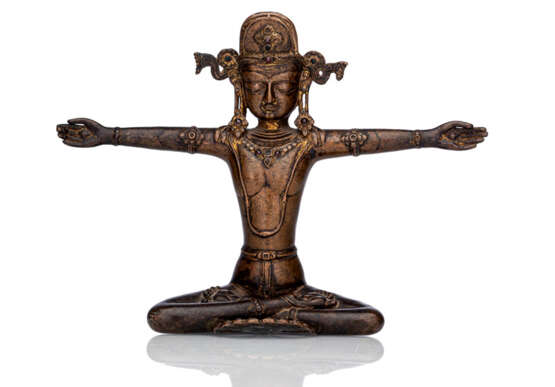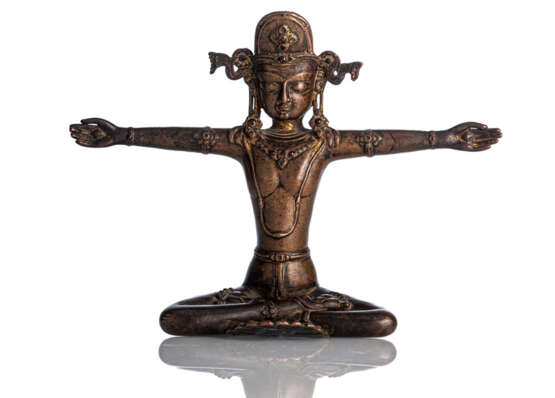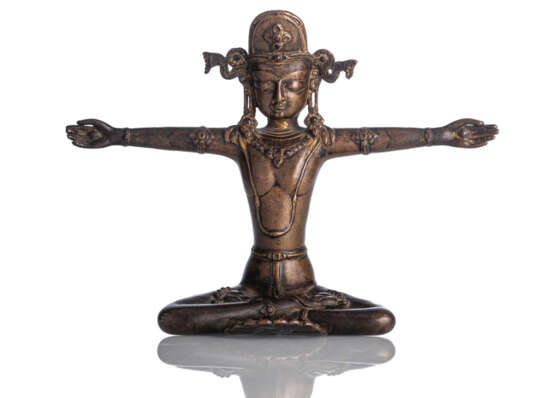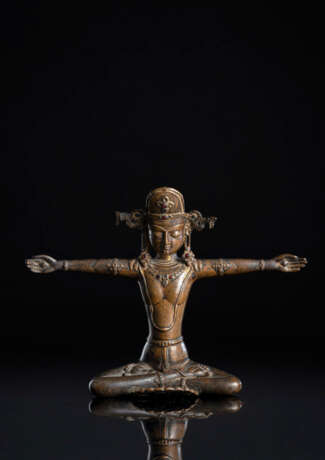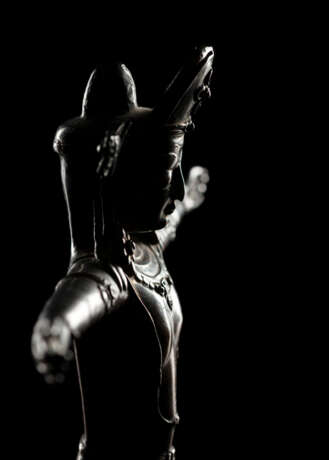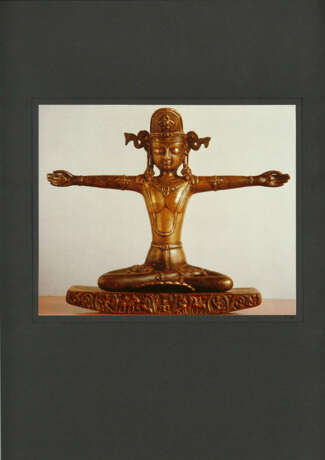ID 875201
Лот 8 | Exzellente und extrem seltene Bronze des Indra in Gefangenschaft
Оценочная стоимость
€ 100 000 – 150 000
Nepal, frühe Malla-Periode, 13./ frühes 14. Jh.
H. 22,7 cm
| Категория аукционного дома: | Искусство Азии |
|---|
| Категория аукционного дома: | Искусство Азии |
|---|
| Адрес торгов |
Nagel Auktionen GmbH Neckarstrasse 189 - 191 70190 Stuttgart Германия | ||||||||||||||
|---|---|---|---|---|---|---|---|---|---|---|---|---|---|---|---|
| Предосмотр |
| ||||||||||||||
| Телефон | +49 (0)711 649 690 | ||||||||||||||
| Факс | +49 (0)711 649 69696 | ||||||||||||||
| Комиссия | 29,5% | ||||||||||||||
| Условия использования | Условия использования | ||||||||||||||
| Часы работы | Часы работы
|
